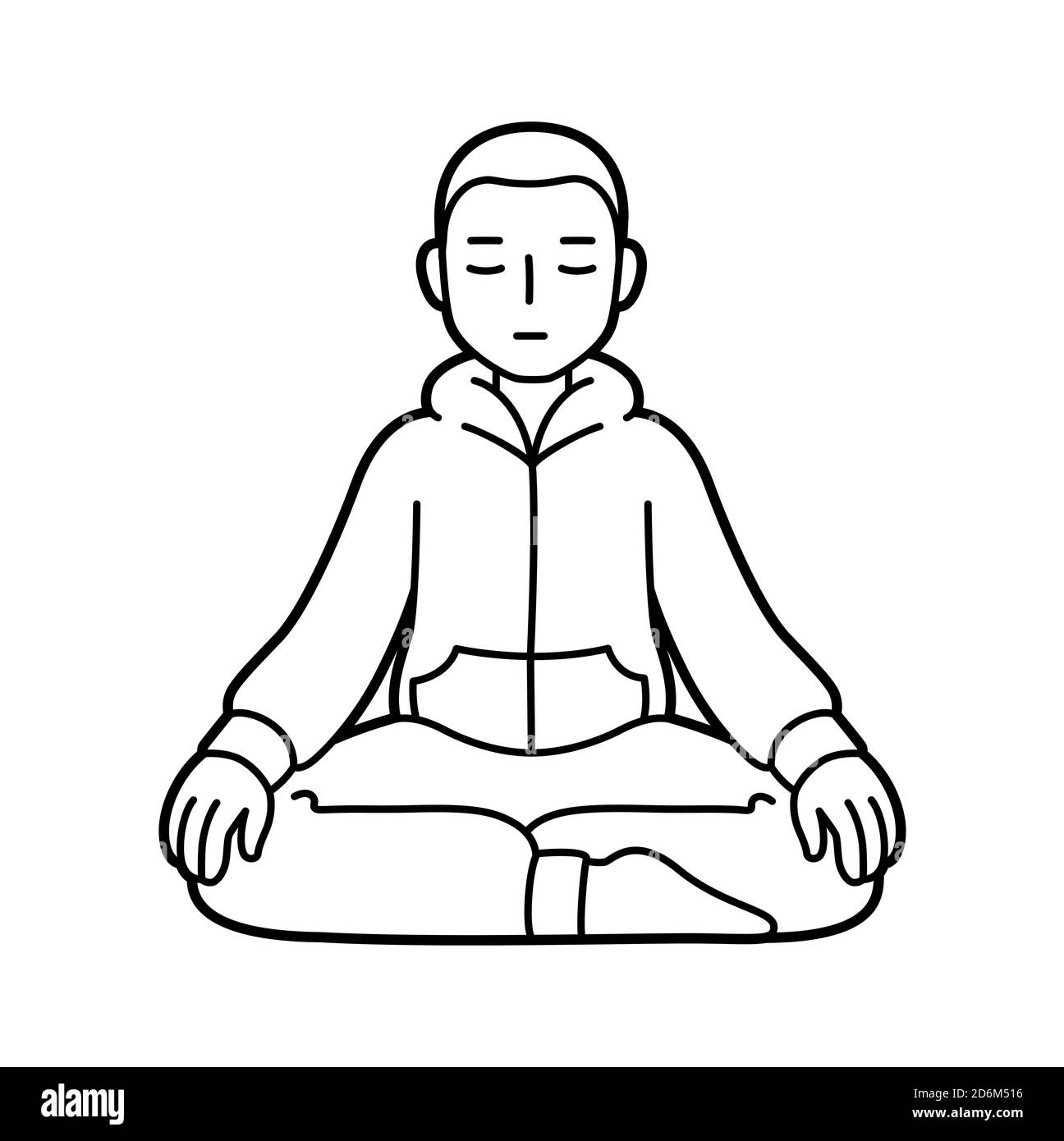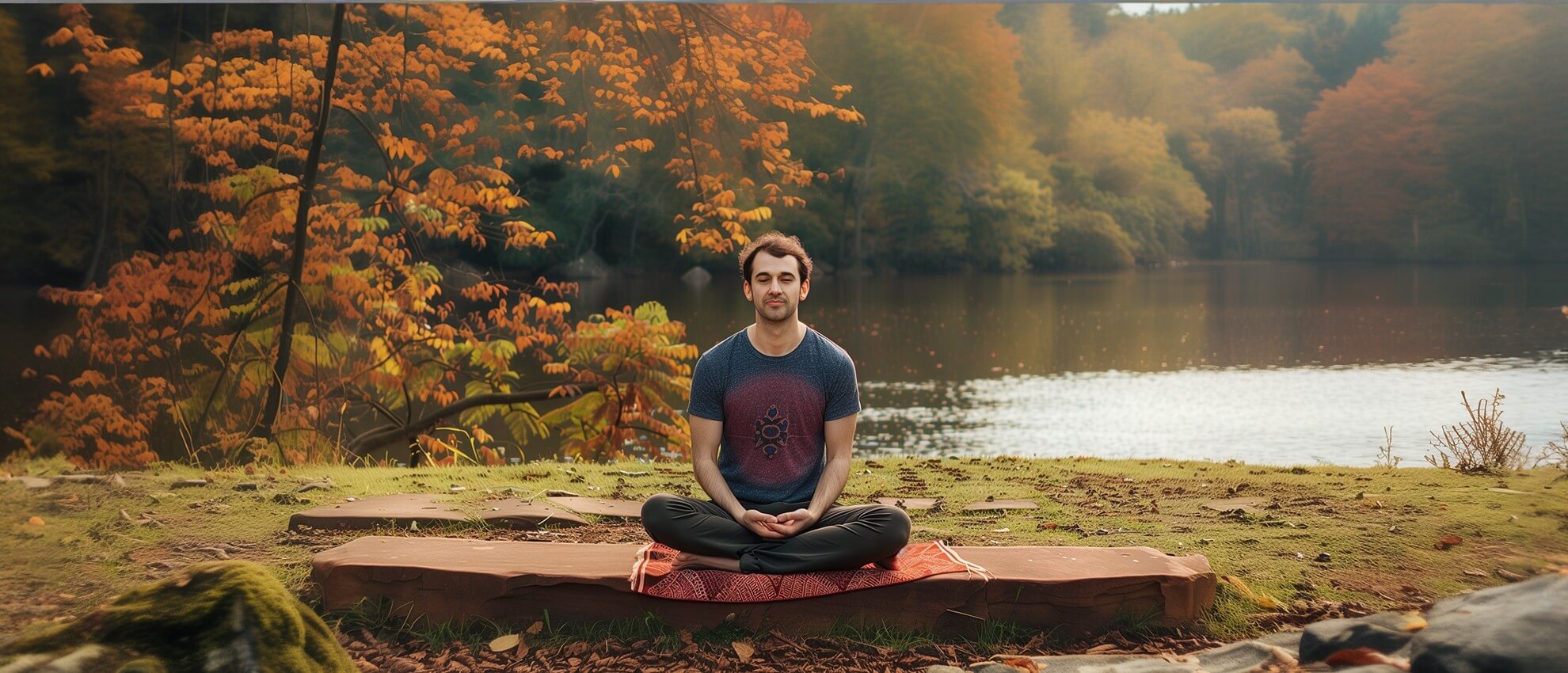Improve Your Well-Being by Learning How to Meditate?
Improve Your Well-Being by Learning How to Meditate?
Blog Article
Exactly How to Meditate: A Step-by-Step Approach to Achieving Mindfulness and Calm
Meditation serves as an effective device for accomplishing mindfulness and emotional calmness in a fast-paced globe. By understanding the essential concepts and techniques entailed in reflection, individuals can cultivate a practice that enhances their general well-being.
Comprehending Meditation
Understanding meditation entails comprehending its fundamental concepts and methods, which work as the foundation for the practice. At its core, reflection is a psychological workout targeted at advertising leisure, developing inner power, and developing compassion and insight. The practice urges people to focus their interest, usually through methods such as deep breathing, visualization, or mantra repetition.
Reflection can be categorized right into different styles, including mindfulness, transcendental, and loving-kindness reflection, each with unique purposes and approaches. Mindfulness reflection highlights present-moment awareness and non-judgmental monitoring of ideas and feelings, while copyright involves making use of certain mantras to go beyond regular mind. Loving-kindness reflection concentrates on developing a perspective of love and concern towards oneself and others.
No matter the technique utilized, the key goal stays consistent: to grow a deeper understanding of the mind and its patterns. This self-awareness cultivates psychological durability, clarity of thought, and a profound sense of calmness (How to meditate?). By understanding these methods and concepts, people prepared for an effective meditation method that can substantially improve their total well-being
Planning For Your Method
Before beginning your reflection method, it is necessary to develop an atmosphere for concentrate and leisure. Select a peaceful area where you are unlikely to be interrupted. This might be a corner of a room, a garden, or any location that evokes a feeling of tranquility. Make certain that the area is complimentary and clean of mess, as a neat atmosphere can assist get rid of the mind.
Think about the lighting, as natural light can improve your state of mind and energy. Soft, warm illumination is often much more relaxing than rough fluorescent lights. In addition, select a comfy temperature level, making sure that you are neither as well hot neither too chilly.
Integrating elements that promote peace can further boost your experience. This may include soft cushions or coverings for convenience, along with soothing fragrances from vital oils or incense. It can additionally be beneficial to have actually a timer set for your meditation session to avoid interruptions from clock-watching.
Fundamental Meditation Strategies
:max_bytes(150000):strip_icc()/meditating-woman-56a792a05f9b58b7d0ebce12.jpg)
An additional reliable method is body check reflection. This includes emotionally checking click to investigate your body from head to toe, observing any areas of tension or pain and consciously kicking back those muscles. This practice fosters a deeper connection between your body and mind.

Last but not least, loving-kindness meditation concentrates on cultivating concern in the direction of on your own and others. Silently repeat expressions of goodwill, improving psychological health and interconnectedness. Each of these strategies acts as a structure for your meditation journey, enabling you to locate the approach that resonates finest with your individual technique.
Keeping Focus and Mindfulness

Establishing a devoted meditation area can enhance the ability to preserve mindfulness. A quiet, clean environment reduces diversions, enabling deeper immersion in the technique. In addition, establishing a time limitation can assist manage expectations; starting with much shorter sessions may reduce the change right into longer practices.
Making use of techniques such as body scanning or observing sensations can also strengthen mindfulness. These methods encourage practitioners to remain present and engaged with their physicality, anchoring their focus in the minute. Normal technique is essential; the mind constructs resilience over time, producing a more powerful ability for focus.
Incorporating Reflection Into Daily Life
Incorporating reflection into day-to-day live can change routine activities into chances for mindfulness and self-reflection. By integrating mindfulness methods into typical jobs, individuals can cultivate a better feeling of visibility and peace among the busyness of daily life.
Begin by determining minutes throughout your day where you can practice and pause mindfulness. Also mundane tasks like cleaning recipes or strolling can end up being opportunities for meditation by routing your attention to the feelings useful reference of movement and the noises bordering you.
Additionally, setting apart committed times for reflection can reinforce its method. Start with short sessions, gradually enhancing duration as you end up being more comfortable. Use pointers or cues-- like a details time of day or a relaxing noise-- to develop consistency.
Inevitably, the goal is to weave mindfulness right into the material of daily life, allowing you to approach each minute with objective, consequently boosting your total sense of health and quality.
Final Thought
In final thought, efficient meditation needs a quiet atmosphere, a comfy setting, and a concentrate on the breath. By permitting thoughts to develop without judgment and constantly rerouting interest to the breath, experts can accomplish enhanced mindfulness and peace. Incorporating various methods, such as body scanning and loving-kindness expressions, can further enrich the method. this hyperlink Regular meditation, even briefly sessions, fosters a much deeper connection to the present moment, eventually bring about higher calm and mental clarity in every day life.
Meditation can be categorized into numerous designs, consisting of mindfulness, transcendental, and loving-kindness reflection, each with distinctive purposes and techniques. Mindfulness meditation stresses present-moment recognition and non-judgmental monitoring of ideas and sensations, while copyright involves the usage of particular mantras to transcend normal idea procedures.With your meditation room prepared, it's time to check out different standard reflection strategies that can help grow mindfulness and inner peace.Continually preserving emphasis and mindfulness throughout meditation can be difficult, especially for those new to the practice.Developing a devoted meditation room can improve the capability to maintain mindfulness.
Report this page